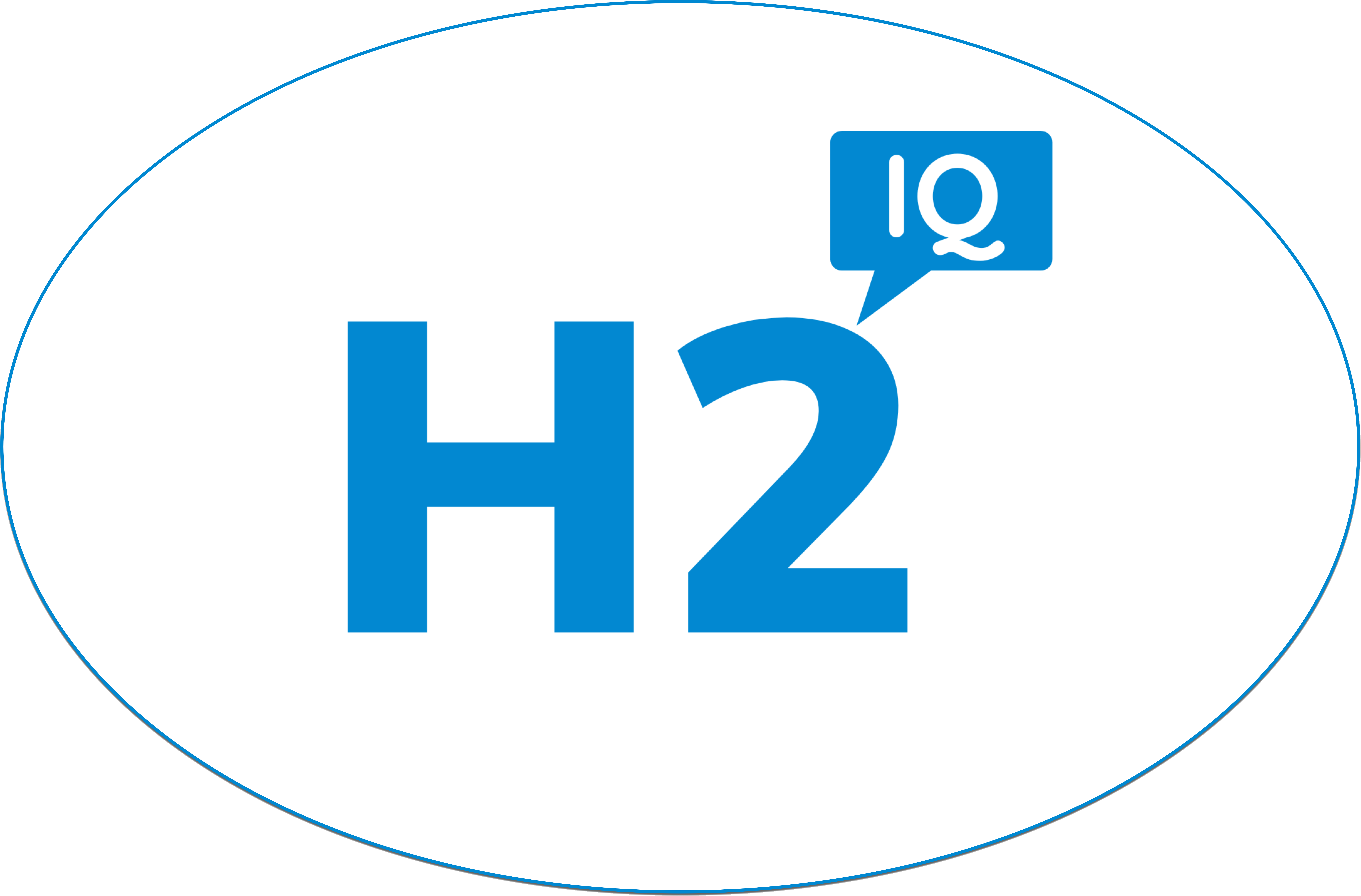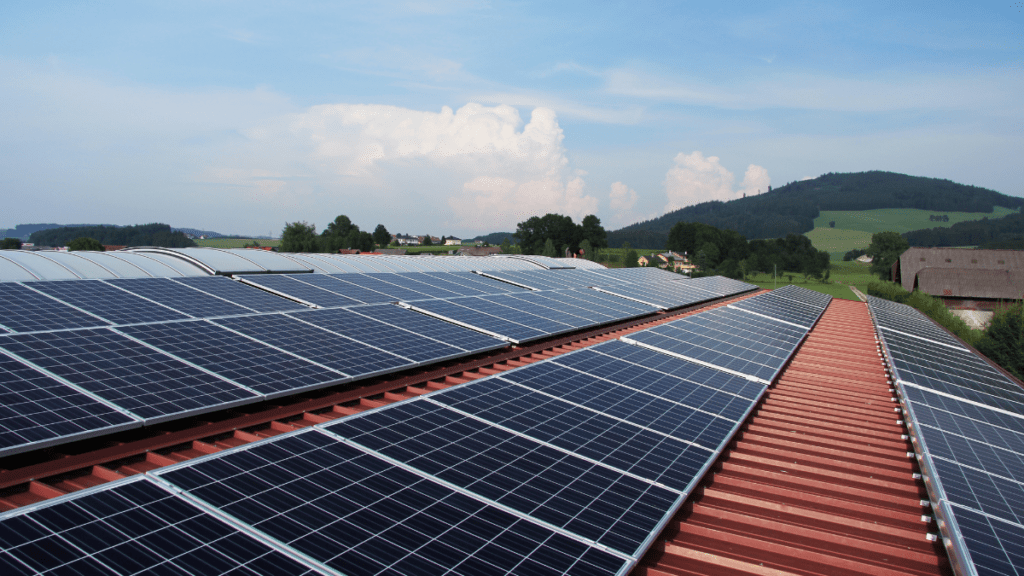
A new kind of solar panel, developed at the University of Michigan, has achieved 9% efficiency in converting water into hydrogen and oxygen — mimicking a crucial step in natural photosynthesis. Outdoors, it represents a major leap in the technology, nearly 10 times more efficient than solar water-splitting experiments of its kind.
But the biggest benefit is driving down the cost of sustainable hydrogen. This is enabled by shrinking the semiconductor, typically the most expensive part of the device. The team’s self-healing semiconductor withstands concentrated light equivalent to 160 suns.
Related Hydrogen Fuel News:
Comparing EcoVadis and the Carbon Disclosure Project: Insights for EHS ManagersJune 3, 2024
Plug Power Secures DOE Loan Commitment for Clean Hydrogen ProductionMay 18, 2024
How Much Does Hydrogen Cost? Global Hydrogen Fuel PricingApril 27, 2024
Nikola Corporation Launches First HYLA Hydrogen Refueling Station in Southern Ca...April 22, 2024
Germany's New Hydrogen Refueling Stations for Heavy-Duty TransportApril 22, 2024
AVL Racetech's Hydrogen Combustion Engine: A Leap Forward for Sustainable Motors...April 7, 2024





